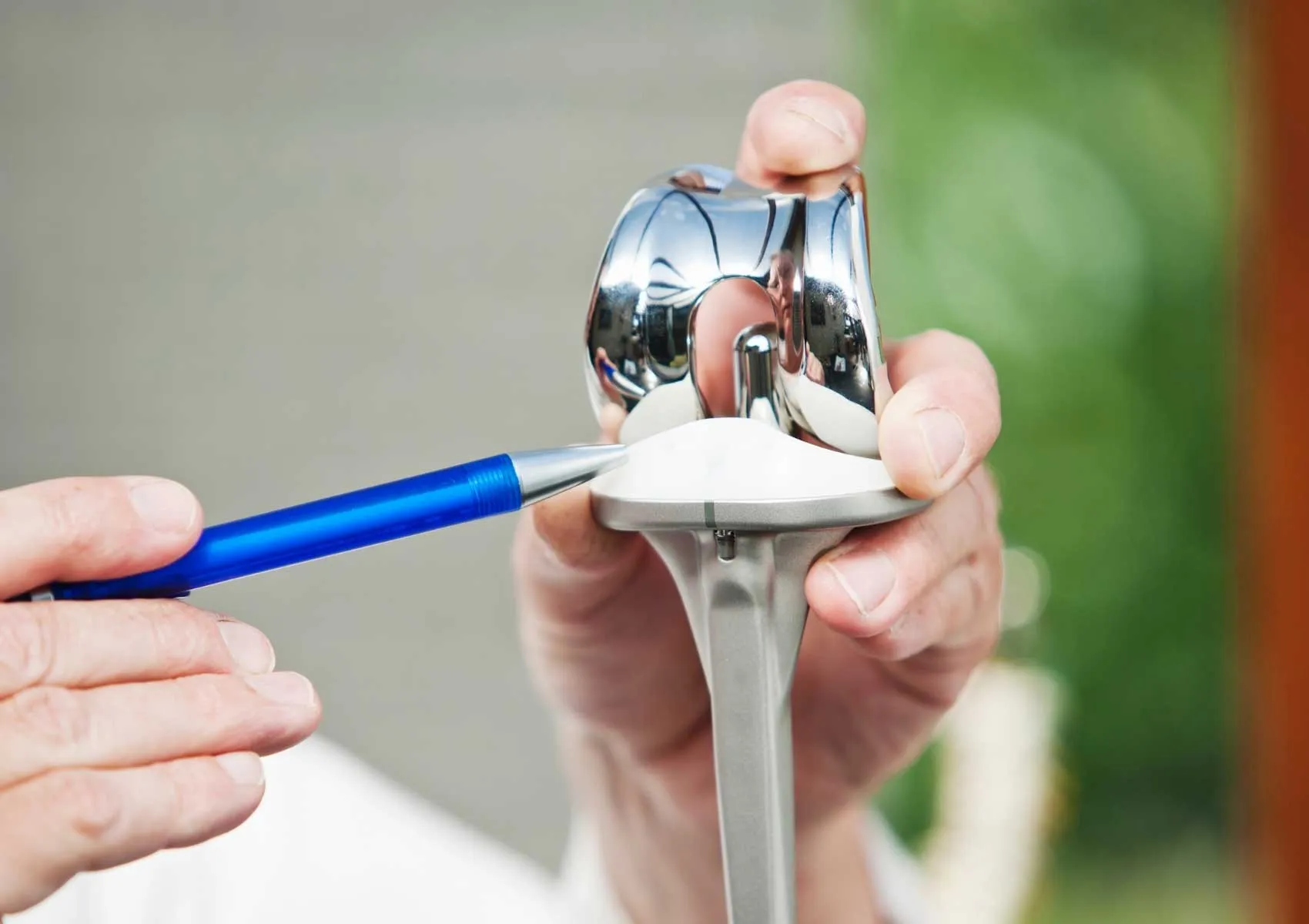New Technologies in Knee Replacement Surgery
From Traditional Methods to a Digital Future in Joint Care
Knee replacement surgery remains one of the most effective treatments for patients with advanced osteoarthritis and joint degeneration. Traditional total knee replacements have been performed for decades with great success. However, with rapid advancements in medical technology, these procedures are now evolving into more precise, personalized, and tech-driven interventions.
In this article, we explore the latest innovations in knee prosthesis technology, how they enhance surgical outcomes, and what they mean for patients undergoing joint replacement.
Patient-Specific Instrumentation (PSI)
One of the most groundbreaking developments in recent years is the use of patient-specific instrumentation (PSI). With this technique, the patient’s knee is scanned via MRI or CT, and a 3D model is created to customize the surgical plan and cutting guides for that individual.
Benefits of PSI include:
- Highly accurate bone cuts
- Better alignment of the implant
- Shorter operative time in some cases
- Reduced soft tissue trauma and bleeding
- Potentially increased implant longevity
PSI is especially useful in patients with anatomical variations and in younger individuals requiring precise implant placement.
Robotic-Assisted Knee Replacement
Robotic-assisted surgery combines the precision of robotics with the experience of the surgeon. Using a preoperative plan, the robot guides the surgeon during bone preparation, limiting deviations and enhancing accuracy.
Advantages of robotic systems:
- Bone cutting accuracy up to 1 mm and 1°
- Optimal alignment with the patient’s natural leg axis
- Real-time balancing of soft tissues
- Reduced pain and faster recovery
- Better long-term implant performance
Studies show lower implant malposition rates with robotic-assisted procedures compared to traditional techniques, though the operative time may be slightly longer.
3D-Printed Implants and Custom Guides
3D printing technology is being increasingly integrated into orthopedic practice. In complex or revision cases, where standard implants may not fit well, custom-made implants can be 3D-printed for the patient’s unique anatomy.
Additionally, 3D-printed cutting guides help ensure precise bone cuts and smoother surgery, improving the predictability of the procedure.
Smart Implants and Wearable Sensor Technology
Some modern implants now feature embedded sensors that measure real-time data on:
- Joint motion range
- Load distribution
- Soft tissue tension
These sensors provide valuable feedback during surgery, allowing the surgeon to fine-tune implant positioning. Postoperatively, wearable devices can also be used to monitor walking patterns and assist in personalized rehabilitation.
This technology supports more objective postoperative assessment and can optimize the patient’s recovery journey.
Advanced Materials and Surface Technologies
Traditional knee implants use metal-polyethylene interfaces, but recent innovations include:
- Ceramic coatings for improved wear resistance
- Oxidized zirconium surfaces for increased durability
- Highly cross-linked polyethylene for lower wear particles
- Titanium mesh to promote bone integration
These materials increase the lifespan of implants, reduce the risk of complications, and are especially beneficial for younger or more active patients who may place greater stress on the joint.
FAQ
-
Can robotic knee surgery be performed on any patient?
Yes, but it requires access to robotic systems, which are typically available at advanced orthopedic centers.
-
Do these technologies make implants last longer?
Yes. Better alignment and load distribution can increase implant longevity and reduce wear.
-
Is there a cost difference?
Yes. Technologies like PSI, robotics, and custom implants often involve additional costs compared to traditional methods.
-
Is recovery faster with new technologies?
Typically yes. Minimally invasive techniques and precise alignment reduce soft tissue damage, leading to faster and more comfortable recovery.
-
Will all surgeries use these technologies in the future?
Likely yes. As costs decrease and access improves, advanced technologies are expected to become standard in joint replacement surgery.

